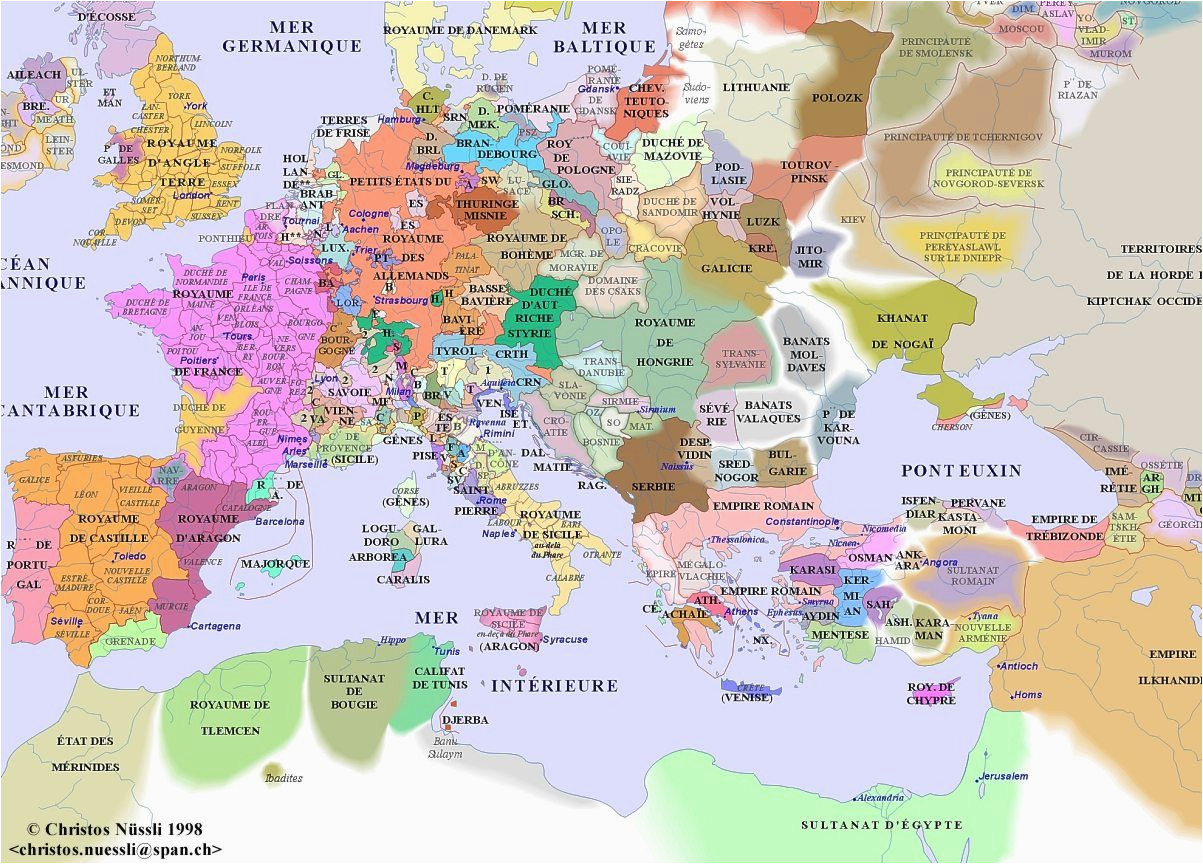

Clovis married a Christian woman, Clotilda, and eventually was baptized into the Roman Catholic Church. During his 30-year reign, he led the Franks in wars that greatly extended the boundaries of the Frankish kingdom.Ĭlovis also helped lead the Franks into Christianity. Five years later, he defeated the last great Roman army in Gaul at Soissons. In 481 C.E., at the age of 15, Clovis became leader of the Franks. One of the early leaders of the Franks was an ambitious young warrior named Clovis. In return for their loyalty and service, the ruler rewarded knights with land and privileges. To get and hold power, a ruler needed the services and loyalty of many knights. It depended on troops of knights, heavily armed warriors who fought on horseback. The Franks were successful because they had developed a new style of warfare. One powerful group during this time was the Franks (from whom modern-day France takes its name). The most powerful rulers were those who controlled the most land and had the best warriors. These kingdoms were often at war with one another. Many invading groups set up kingdoms throughout Western Europe. When Rome fell to invading barbarians in 476 C.E., Europe was left with no central government or system of defense. The rest of the continent was controlled by groups of people the Romans called “barbarians” because they did not follow Roman ways. Western Europe during the Middle Agesįor 500 years, much of Europe was part of the Roman Empire.
#Feudal kingdoms in europe map free
At the bottom of the system were serfs, peasants who were not free to leave the lord’s land without permission. Warriors fought on behalf of their lords. In return, they received protection from that lord. In the feudal system, people pledged loyalty to a lord-a ruler or powerful landholder. These challenges gave rise to the economic and political system historians call feudalism. They also needed to protect themselves from conquest by invading barbarians and neighboring kingdoms. People worked hard simply to survive and to have enough to eat. After the empire collapsed, life was dangerous and difficult in Western Europe. The Roman Empire had unified much of Europe for about 500 years. The Early Middle Ages began with the fall of Rome.

The Late Middle Ages lasted from about 1300 to 1450. The High Middle Ages lasted from about 1000 to 1300. The Early Middle Ages lasted from about 476 to 1000 C.E. Historians divide the Middle Ages into three periods.

1310 / Wikimedia CommonsĮxploring the political and economic system that developed in Western Europe during the Middle Ages. Conflicts like this created a new spirit of nationalism and an end to feudalism.Depiction of socage on the royal demesne in feudal England, c. The Hundred Years' War ended with the Treaty of Calais, which recognized French control over most of the territories in question and established the English Channel as the border between the two countries. The conflict was marked by a number of important battles, such as the Battle of Crécy and the Battle of Agincourt, and it had a significant impact on the political, economic, and cultural development of both England and France. It was a long and complex conflict that was fought over a number of issues, including control of the French throne, control of key territories in France and England, and the claim of the English kings to the French throne.
#Feudal kingdoms in europe map series
Over time, the competition for trade, land, and resources led the English and French to war. The Hundred Years War is an example of this type of conflict. The Hundred Years' War was a series of conflicts fought between England and France from 1337 to 1453. The English Parliament will eventually form to be a strong legislative body.


 0 kommentar(er)
0 kommentar(er)
